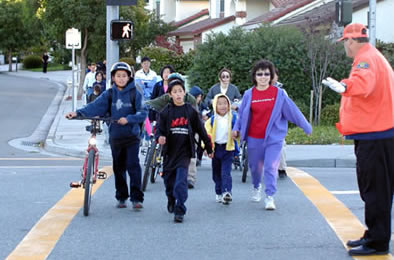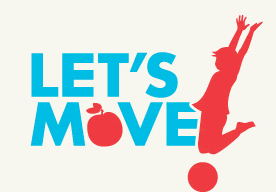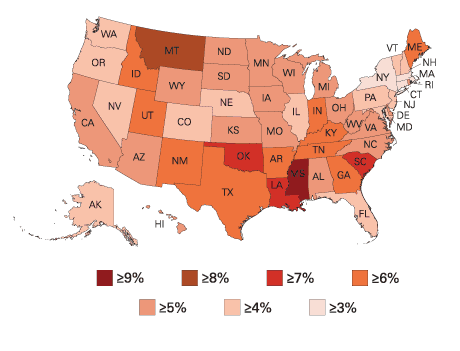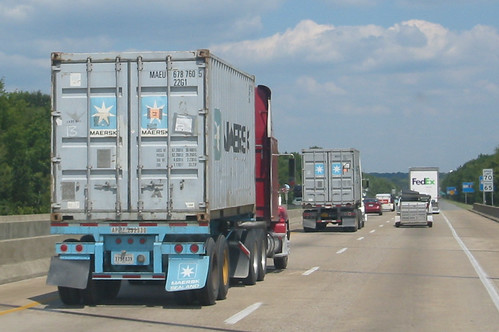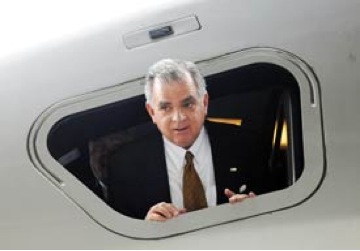UPDATED 7/30: The Senate passed the $7 billion patch late this afternoon by a 79-17 vote. All 4 amendments failed, so the identical bill has been approved by both chambers and now heads to President Obama’s desk for signature.
With the House passing a $7 billion patch for the Highway Trust Fund yesterday afternoon to keep it from running out of money before September, we thought it might be useful to post a brief Q&A about the trust fund patch and how the full six-year transportation authorization bill could be affected. The $7 billion patch now moves to the Senate for a vote, probably this afternoon, before reaching President Obama’s desk. The Highway Trust Fund (HTF) provides funds for the federal portion of transportation projects.
If the patch is approved by the Senate, Congress will then be is now facing a much bigger decision before the current transportation bill expires on September 30th: pass a new six-year transportation bill, or pass a short- or long-term extension of SAFETEA-LU, the existing transportation bill.
What is the short-term patch and who supports it?
The short-term patch would repair the trust fund insolvency through a $7 billion cash infusion into the HTF. The funds would be transferred from the General Fund before Congress goes on recess in August and would ensure that states can continue to obligate transportation funds through September 30th, 2009. The patch would address the funding shortfall due to declining gas tax revenues that are no longer sufficient to cover the federal portion of transportation projects.
House Transportation and Infrastructure Committee Chairman Jim Oberstar supported this option and testified before the House Ways and Means Subcommittee on July 23rd asking for the $3 billion patch. (That patch has since been increased to $7 billion to match the Senate’s preferred amount.)
How does this relate to the upcoming expiration of SAFETEA-LU on September 30th?
With this cash infusion Congress could continue to focus on pushing the authorization of a new 6-year surface transportation bill this September. The original $3 billion figure was based on recent estimates made by DOT but both the White House and DOT officials have expressed concern that $5-7 billion is a more accurate figure needed to keep the HTF solvent through September. (The House passed a $7 billion patch.)
What is the extension and who supports it?
An extension would continue SAFETEA-LU policies and funding guarantees for a specified amount of time to allow Congress and the Administration to continue working on a full 6-year comprehensive bill. A proposed 18-month extension would extend SAFETEA-LU to March 2011. Numerous Senators have stated their preference for an 18-month extension, which is also currently supported by the White House. On July 23rd the Senate Banking Committee became the third Senate committee to approve an 18-month extension bill. Congress is also considering the possibility of a short-term extension of 3, 6, or 12 months in lieu of a longer-term extension.
How would the extension be funded and how does it address the near-term shortfall in HTF funds?
An extension of SAFETEA-LU for any length of time would be paid through gas taxes and a possible General Fund infusion. (More funding from some source would certainly be required, as gas taxes do not cover the current funding levels.)
The Senate Financing Committee Chairman Max Baucus released a funding proposal (S. 1474) on July 21st that would maintain the HTF’s solvency throughout an 18-month extension. This provision will transfer $26.8 billion from the General Fund to transportation ($22 billion to HTF, $4.8 billion to the mass transit account). The fund transfer will begin in time to provide near-term funding (through August) before HTF reaches insolvency.
Any questions? Ask away in the comments and we’ll try to answer.
